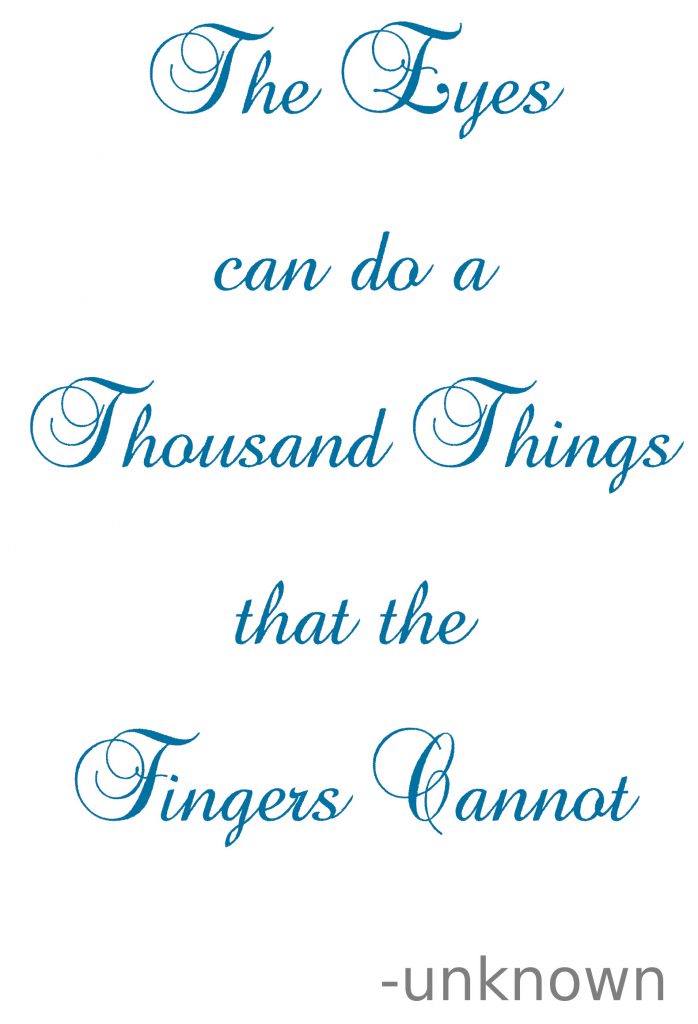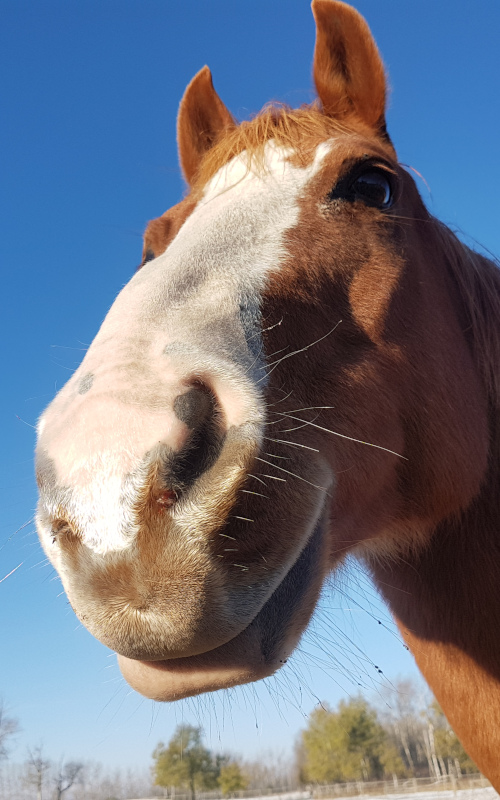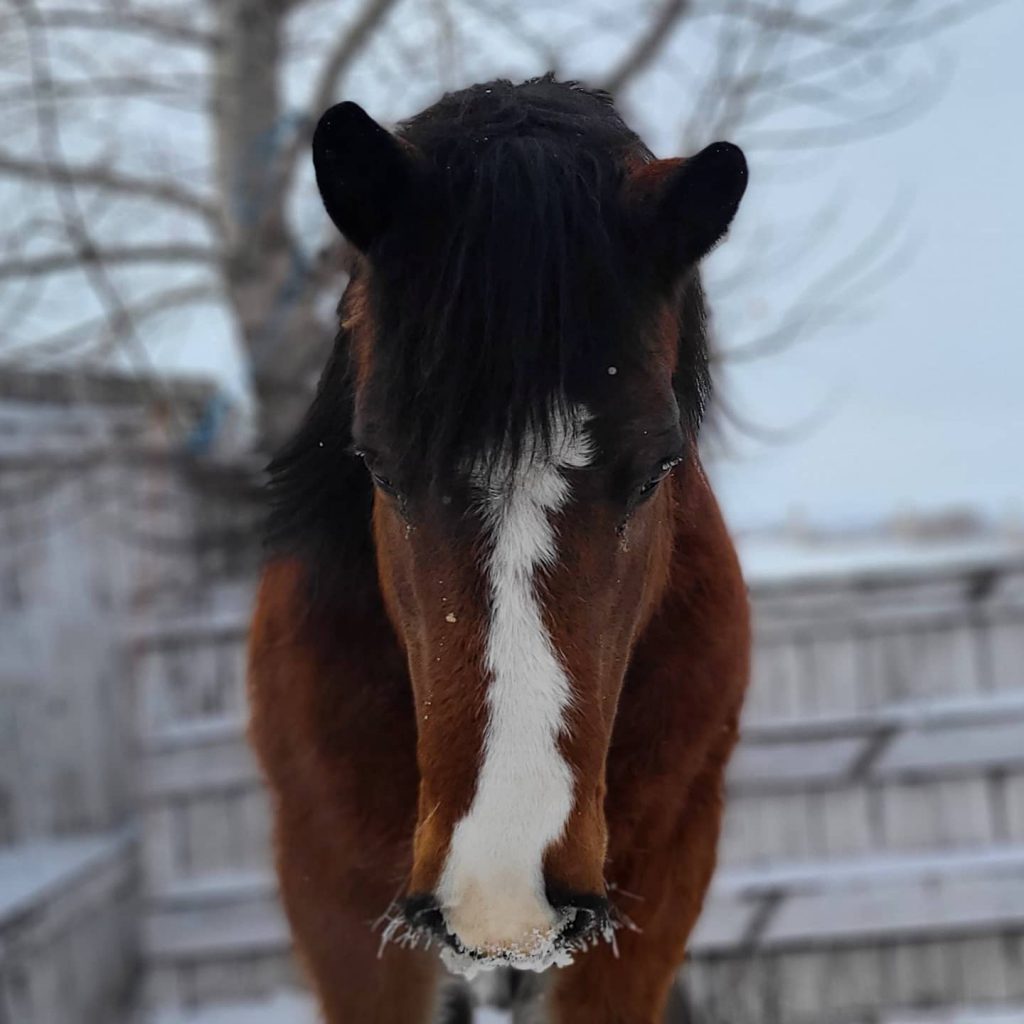Did you know? You can listen to this as a podcast, too!
In my travels as a clinician, I have the grand opportunity to hear many thoughts on the horse. Many exceptional and heartfelt stories. Different styles of training. Intriguing ideas of horsemanship. I’ve also heard a great many myths.
Many common myths seem to keep floating around despite our knowledge of the contrary. Myths are passed down to every new generation of riders from many sources: parents, coaches and riding clubs or associations. This isn’t done with ill intent; in fact it can be quite the opposite: providing education and assistance.

How do Myths Originate?
The definition of “myth” is something that many people believe but that does not exist or is false. (1)
Myths arise from our intrinsic human need to make sense of what we see. The human mind is exceptionally creative and we come up with some incredible explanations – albeit without any factual or scientific knowledge to back them up.
Myths arise when these explanations are taught or shared. When we are new to horses, our minds are blank chalkboards waiting to be filled. And because of our desire to learn, we can be open to let anyone write anything there. We accept explanations without fact checking because we need to believe something; to have some tangible piece to hang on to. To be able to explain what we see or experience.
This is further compounded by the human need for affirmation. This happens when we realize a desire to offer an informative piece of knowledge to someone. By pushing our theory on a person and having them acknowledge it, it affirms that what we’re saying is correct. An idea becomes fact because people accept it, not because it is truly factual.
As an example of a myth in the human world, consider this statement:
“Humans only use 10% of their brain.”
In reality we use 100% of our brain; or maybe to put another way: 100% of our brain is in use. All of the time. Our brain is composed of many different parts that are responsible for many different functions of our body. Roots of this myth started well over 100 years ago, were promulgated throughout the mid-1900’s and enhanced by Hollywood movies where characters were granted use of 100% of the mythical 10% brain.
Equine Mythbusters!
In the last few years I’ve heard a many an equine myth. We could probably write an entire book on them – I’m sure it would be hilarious – but for now let’s focus on the horse’s eyes and vision. Pardon the pun there.
Myth: A horse cannot see directly in front of itself.
Fact: A horse can most definitely see directly in front of itself.
Where can a horse not see? This is so simple you’ll poke yourself in the eye when you realize it. A horse – or any other animal with eyes for that matter (including humans) – cannot see through opaque matter. Agree with me so far? You can’t see through a steel door. You can’t see through your arm. You can’t see your hand if you put it under your chin or your finger if you put it under your nose. Because part of your face blocks it.

For the horse, they can’t see where part of their body blocks their line of sight either. For a horse, with their eyes located somewhat to the side of the head – and placement varies – they cannot see a cone of space between their eyes. The point of that cone is infinitesimally small and likely only extends an inch (plus or minus depending on their head shape) from their forehead.
Want to test this fact? Close one of your eyes. Now, with a horse that doesn’t mind face-to-face contact, move your open eye to a spot between the horse’s eyes. You’ll eventually get to a spot where you can’t see the horse’s eyes anymore – only their head. Within that distance, they can’t see your eye either. You’ve found the spot they can’t see in. And it’s tiny.
If you can see the horse’s eyes, they can see yours. Common sense when you think about it.
If you’re curious about how limited human vision is, try this: put a finger up in front of your face, in front of your nose, at a point you can focus on it. Now close one eye. Move your finger to the side of your closed eye until your finger is no longer in view. That’s the limit of our eye’s vision. Want another one? Our ability to read text is limited to an incredibly small portion of our vision. Focus on this word: word. Now with your eyes locked on that word – don’t cheat and move them – see if you can read anything else around it. You’re likely limited to 1 word in any direction, with variances due font size, display type, etc.
Myth: A horse sees in black and white.
Fact: A horse sees in color.
Humans have three types of cones in our eyes: red, green and blue. This allows us to see the color spectrum that we’re familiar with. The colors we see are limited to combinations of certain amounts of those three colors. If you can remember the CRT (tube) televisions, if you looked really close at them, you’d see those three colors. That allows the screen to show all the colors our eyes can see. If you’ve done any photo editing or graphic design, you’ll know that in an 8 bit color system, we can choose to set the red, green and blue color levels from 0 to 255 to come up with all combinations of colors.
A horse, however, only has two types of cones: green and blue. So they cannot see hues of red. That doesn’t mean red colored objects are invisible; likely they’re just grey. Remember that colors are made up of mixtures of red, green and blue. So most ‘red’ colored objects would have some green and blue in them. An orange object for example, would likely appear to a horse as a faded yellow.
Myth: When you move from one side of the horse to the other, you disappear.
Fact: It’s the same with people, but the horse is much more capable in this regard.
If you walk IN FRONT of the horse from one side to the other, you will not, at all, disappear from view – we busted that myth already. A horse might struggle with having you on their right more than their left, but that isn’t because you appeared out of nowhere.

If you walk BEHIND a horse from one side to the other, and the horse does not turn their head to watch you, then yes, you will disappear from view when their body blocks their line of sight. However, you’d likely have to be standing sideways and be right behind their butt for this to happen. Even in that case, if they were interested in what you were doing back there, they only need to bend their neck or turn their head a few degrees to see you.
I’ve heard a parent tell a child, “Don’t walk up behind a horse because they don’t know you’re there.” Now lets look at some facts. A horse is a prey animal, and as such, is exceptionally aware of what’s going on in the space around them. Including behind them. We drive horses; we work them from behind in ground work and at liberty. Another myth busted.
Even a human – with very limited sensory capabilities, is aware when someone walks up behind them – without looking. So how would a myth like this get started? Likely because a parent was concerned about a child being kicked because they were behind a horse. It’s certainly easier to say, “they don’t know anything is behind them” than launch into a factual explanation about the horse’s spatial awareness, ability to handle pressure and defensive mechanisms. And that child grows up with that myth as a belief and shares it with their children. And thus the myth pervades in our equine society.
One of the most detrimental myths I’ve heard lately is this:
Myth: Never look a horse in the eye because it’s a sign of aggression.
Fact: Nothing could be further from the truth.
Horses are incredibly empathically sensitive. What that means is that they can feel what you’re feeling. So if you look at a horse in the eye, feeling, “I’m going to eat you for lunch!” then yes, you can most certainly expect that they’ll pick up on your aggression and respond with defensiveness.
In stark contrast, consider how incredibly powerful eye contact is between two people. Pretend for a second, that you’re lying on the ground busted up after being pulled from a car wreck. You’re scared. In shock. In pain. Not sure if you’re going to survive. Then a paramedic kneels over you and says, “Hey, look at me. You’re going to be just fine.” With your eyes locked on theirs, you trust them and have hope.
Through eye contact, we can instantly change how another person feels. And guess what? We can do the exact same thing with a horse. Horses reside in varying levels of fear. Fear is a survival mechanism that has kept prey animals, like horses, alive for millennia. When a horse is anxious or afraid there is one absolutely essential go-to position: right in front of their face.
Where you can look them right in the eyes.
And in that moment, you relax. Connect to the lead rope like we’ve shown you and ask them to release tension. To follow you in release. It’s the biggest game changer I can think of, because in that connection you can literally change how your horse feels about something. You can replace fear with confidence – just like that paramedic.

I’m currently working with a very defensive wildie mare. She has learned that she can leave if she’s scared – that’s OK – but the best feel she can ever experience is when we’re face to face. Eyes to eyes. In that we can communicate like we can in no other way. When she comes toward me, it’s out of trust, and only when our eyes are locked on each other.
Eye contact is one of the most important ways we communicate and it doesn’t take much research to find factual information to support that.
From False to Fact
Just how are myths given credibility then?
Myths are given credibility when they are used to answer a question to which the answer is an unknown for many people. Consider the postulation: “The Earth is flat.” Many people believed that – some still do – because there was no way for the common person to dispute it. Folks would have accepted that as a truth, for it was communicated from authoritative, trusted figures. Today though, you only need to look out the window of an airplane to see the planet’s curvature. You can purchase a space flight if you’re still not convinced.
Myths are also given credibility when people that you consider credible, cite them. Such as:
- People of authority: political leaders or rulers;
- People we’re raised to believe, not question: teachers or professors;
- Friends and family that we trust;
- People that we believe are more knowledgeable than us: coaches or trainers;
- People that have a skill set that we lack: scientists or doctors or engineers;
A knowledge problem that we have in our society is that absolutely anyone can come up with a statistic or an example to prove anything they want. Social media has further diluted any line that there ever may have been between fact and fiction. If some miscellaneous piece of fiction that has a nice picture and eloquent wording is being shared on Facebook, then, well, it must be true, right? My advice: question everything.
The next time you head out to your horse, have an eyes-to-eyes conversation. Take a deep breath and relax. See if they don’t do the same.
Scott Phillips
January 2021
(1) Oxford (n.d.). Myth. In Oxford Learners Dictionary.com. Retrieved January 30, 2021, from https://www.oxfordlearnersdictionaries.com/definition/american_english/myth
